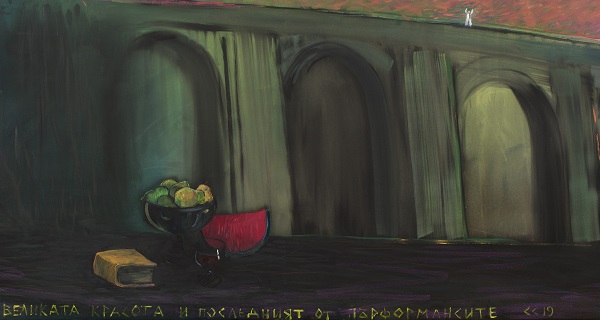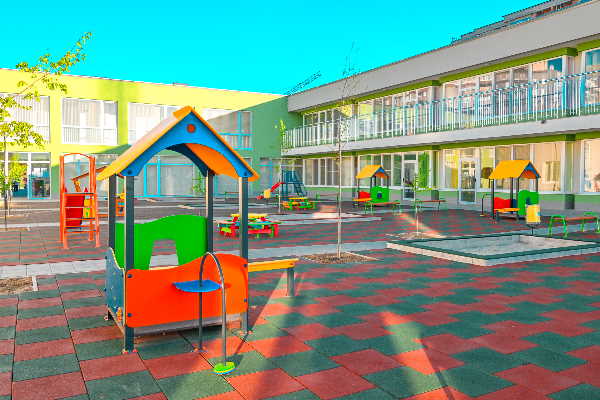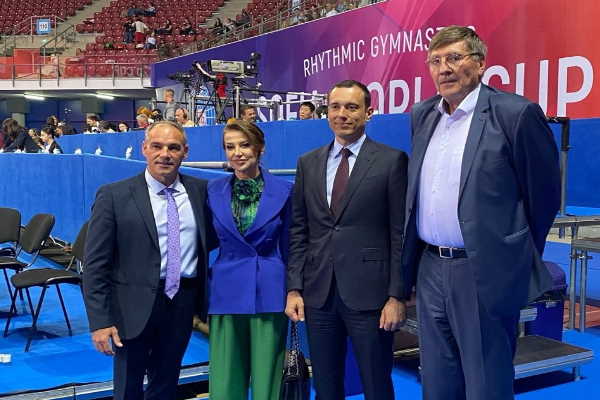News
Back SOFIA CITY ART GALLERY: Svilen Stefanov. ROMANTICS LOVE CONCEPTUALISM
SOFIA CITY ART GALLERY
Svilen Stefanov. ROMANTICS LOVE CONCEPTUALISM
November 3 – December 6, 2020. Opening November 3rd, 5 – 7 p.m.
Regardless of the fact that Svilen Stefanov presents artworks which are entirely new, and others that have never been displayed in Bulgaria before, this exhibition can be referred to as representing something akin to a finale of a rather distinct period in his artistic life. These years, which lasted more than a decade, have their own specific quality, considering that this artist can certainly be said to have gone through many periods. This is an artist who has been an art historian and professor of twentieth century art history at the National Academy of Art, who went through a minimalist period in the 1990’s and then, with the XXL group, was involved in a whole range of styles, from neo-conceptualism to neo-expressionist painting.
We can fondly remember his installations with gold and lead around 2005 and 2006 when he rather heavily developed the ideological aspects of art. In the early 1990s Svilen Stefanov definitively and decisively embarked upon the path of painting. This did not happen by chance, as most of his fellows and friends in the XXL group, Huben Cherkelov, Genadi Gatev, Rosen Toshev, and Dimitar Yaranov, also chose this particular medium in which to express themselves. A new circle of painted art was thus formed and the mature artistic evocation of a generation emerged, establishing themselves as the agents of change within Bulgarian art. Svilen Stefanov is one of the painters that we can consider to be characterising the time in which we live. As the visual embodiment of his own personal history, his art has complex and often contradictory features.
What is obvious is his experience in conceptual strategies, story-telling, narrative, and the paradoxical semantic configurations he creates. Furthermore, he relies on traditional oil painting most often created with velatura layers until expressive pastiness in certain areas is achieved. Stefanov leads the story and constructs the material surface of the painting as one whole, which is why he skillfully avoids turning these works into illustrations of one kind or another. Here, the text develops the image, in a paradoxical way though, getting the viewer to make unusual, curious and progressively unique associations. The exhibition is predominated by pronouncedly horizontal formats. They too can be conditionally referred to as cinematоgraphic, due to their ability to create some kind of story or narrative. This is one of Svilen Stefanov’s trademarks of the last ten years. In these paintings processions and processions of ‘romantics’ are burying ‘conceptualists’, albeit with the utmost respect and reverence. The messages in this exhibition are in most cases devoid of self-comprehensiveness, but they seem to really correspond to the current models in our society and culture. Who are the ‘romantics’ and who are the ‘conceptualists’? Are there any conceptualists at all in the true rationalising sense of the classical movement, or have we always been observing, in most cases, non-conventionalising metaphysicians? Even more unusual is the emergence of the “historical painting" genre which seems to have vanished today, but here we see canvases such as "Ferdinand's Secret Weapons" and "The Last Photo of the Futuristic Army" sending us deep into thought, evoking memories of the years during the First World War. The odd thing is that the works from this last period of Svilen Stefanov are as emotionally charged as rationalising in the metaphysical line of some kind of "Post new objectivity”. Suicides coexist with aliens, beauty is permeated by tragedy, and the heroic is crushed by the idiotic. This is not exactly surrealism, rather it casts a light upon, and divulges, the tension of the emphatically rich and captivating pictorial language, which in turn sublimely reveals the absurdism in the mental fields of modern man. Also present in these paintings are multitudes of hidden meanings regarding art history, philosophy, literature and music, and accordingly, every viewer will see something novel; but even the little is much here. Therefore, this exhibition should not be "interpreted" within the traditional understanding of painted art. A painting literally screams that it is a singular pictоrial surface; yet, what hides beneath the surface of these exhibited works? Isn’t Svilen Stefanov a mystifier, simultaneously embodying a conceptualist and a romantic?











